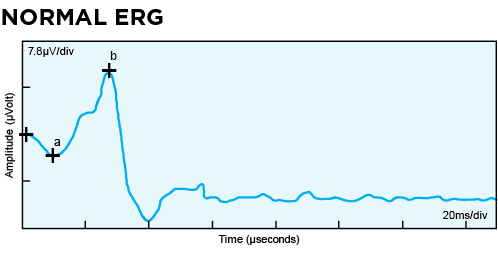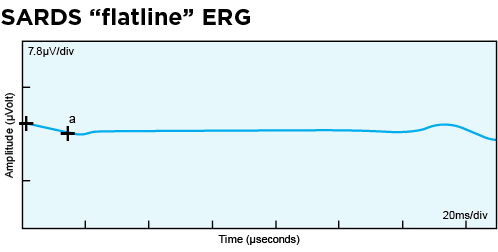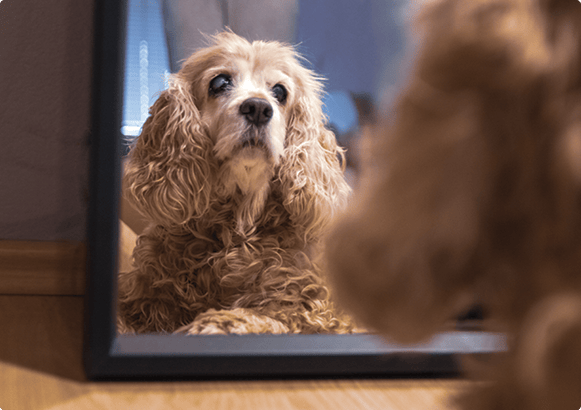Virtual Library | SARDS Causes and Treatment
SARDS, or Sudden Acquired Retinal Degeneration Syndrome, is an untreatable and irreversible cause of vision loss in dogs. This condition appears to be most similar to a human autoimmune disease affecting the retina. Clinical signs of SARDS include a sudden decline in vision or blindness, occurring within days to weeks; conjunctival hyperemia (red eyes); and dilated pupils. Read on to learn more about SARDS symptoms, treatment and prognosis.
← Flip through our digital brochure
So, You Brought Home a Bulldog
Cataracts and Cataract Surgery
Entropion Causes and Treatment
Feline Herpesvirus and Treatment
OFA Certification Registry Exams
Visit our blog, In Focus, to learn more about the pets we see, the treatments we offer and the services we provide to help your pet “see a better life.”
 SARDS, or Sudden Acquired Retinal Degeneration Syndrome, is an untreatable and irreversible cause of vision loss in dogs. While any dog can get SARDS, it occurs more often in overweight, middle-aged to older female spayed dogs. Included in this group are small breeds (both pure and mixed) including Dachshunds, Pugs, Miniature Schnauzers and Brittany Spaniels.
SARDS, or Sudden Acquired Retinal Degeneration Syndrome, is an untreatable and irreversible cause of vision loss in dogs. While any dog can get SARDS, it occurs more often in overweight, middle-aged to older female spayed dogs. Included in this group are small breeds (both pure and mixed) including Dachshunds, Pugs, Miniature Schnauzers and Brittany Spaniels.

 Sadly, there is no current treatment available for SARDS, nor is there a cure. Although some patients may test positive for Cushing’s, treatment for this condition is generally not recommended for pets with SARDS. The clinical signs rarely improve with treatment, but often dissipate naturally over the following few months.
Sadly, there is no current treatment available for SARDS, nor is there a cure. Although some patients may test positive for Cushing’s, treatment for this condition is generally not recommended for pets with SARDS. The clinical signs rarely improve with treatment, but often dissipate naturally over the following few months.